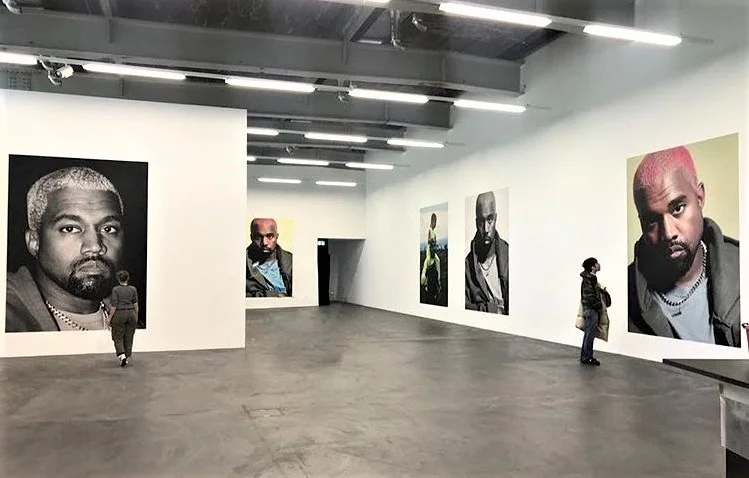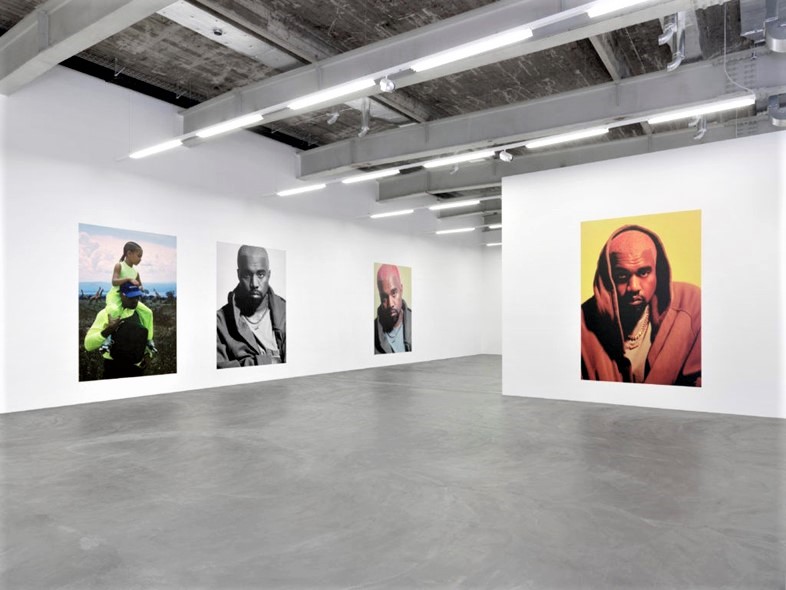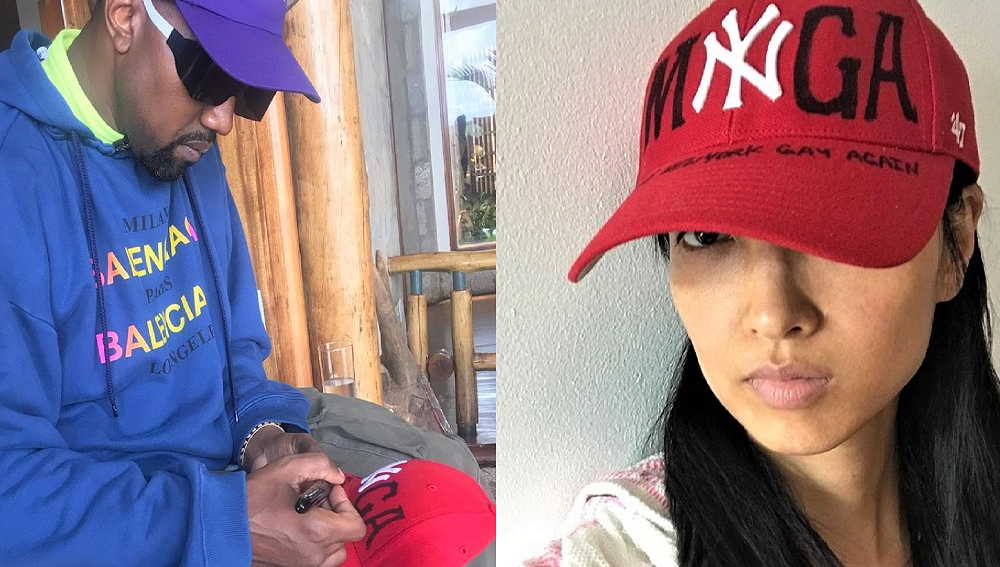Heji Shin's Kanye West's Kunsthalle Zurich Gallery Show: "I Knew People Would Hate This Exhibition"
/Artist Heji Shin is no stranger to controversy, writes Tom Waite for Dazed.
“I knew people would hate this exhibition,” the artist says.
Shin is currently showing some of her newest works at the Kunsthalle Zurich gallery, with an exhibition featuring nine larger-than-life injet portraits of Kanye West. The two separate prints are pasted together and printed directly onto the gallery’s walls.
Why do people hate the exhibition, according to Shin? “This desire to have art to meet their moral and political standards has always existed. Today, more than ever, art is considered as the ultimate validation.”
The artist’s Kanye portraits express a rebellion to political correctness sweeping the art world.
After meeting Kanye in Chicago, she joined him in rural Uganda, with a generally detached attitude about the rapper’s comments about slavery, his idolizing of Donald Trump or his often incoherent tweets. The actual images were shot in 10 minutes in LA.
Shin’s disinterest in Kanye’s political attitudes changed quickly when I saw people getting really mad. I was interested in how the media portrayed him all of the sudden, “when he expressed his opinion.”
“Is that art?” one commenter on the Kunsthalle Zurich Instagram writes, while another exclaims: “We love it! Kanye is bigger than God!!!”
A scholarly tweet: “His work may be far beyond the scope of my art history and theory training I received while in school. As far as I can tell the purpose of this work is to simply elicit the feelings of contempt for every party involved in this work.” is followed by “Fuck this garbage.”
Kanye made Shin her own MAGA-inspired New York Yankees cap with ‘make New York gay again’ on the brim. Even that act crazed the digital culture and they attacked her. artNet writes: She says the hat is about making a stand against politically correct culture. “My work wouldn’t be possible if I restricted myself in these terms,” she says. “I don’t even understand how somebody can possibly think this is about gay rights. What has Trump got to do with gay rights?” (Hmmm . . . actually Trump has quite a lot to do with gay rights, and his vice president has even more to do with it!”
“He-Ji Shin raises the question of portraiture today, and therefore addresses the difficult business of intimacy and exposure as they are undergoing a radical reevaluation in the context of social media,” says the institution’s director and curator, Daniel Baumann. artNet sums up the point of the Kanye West images this way:
Shin and West seem to be a good match, both willing to stir the pot and and unafraid to annoy their audiences. It all begs the question: is the art world as tolerant of taboo as it imagines itself to be?
German-Korean photographer Heji Shins solo exhibition runs through February 2, 2019.












